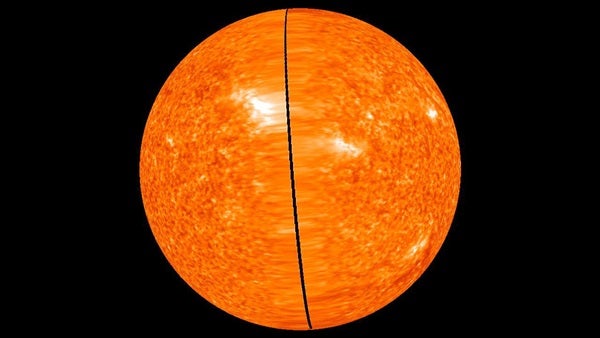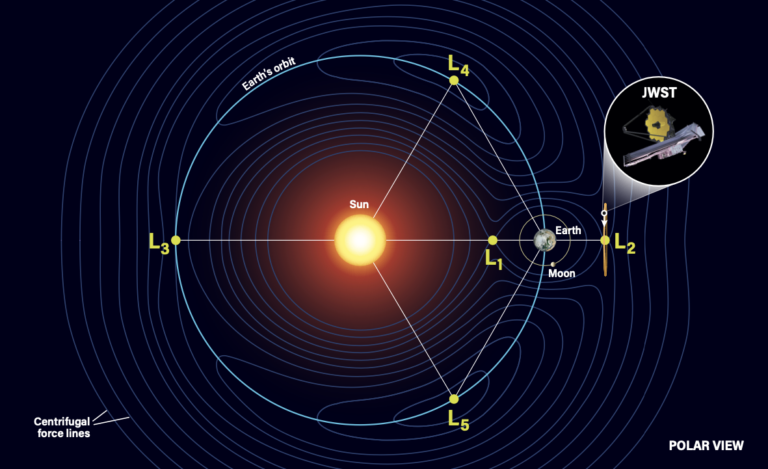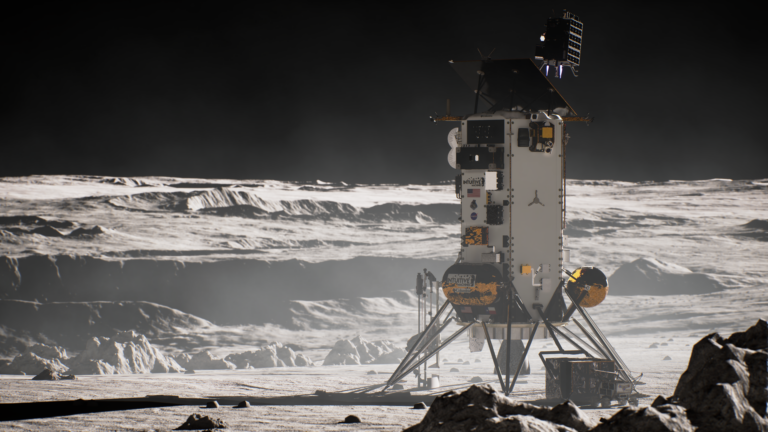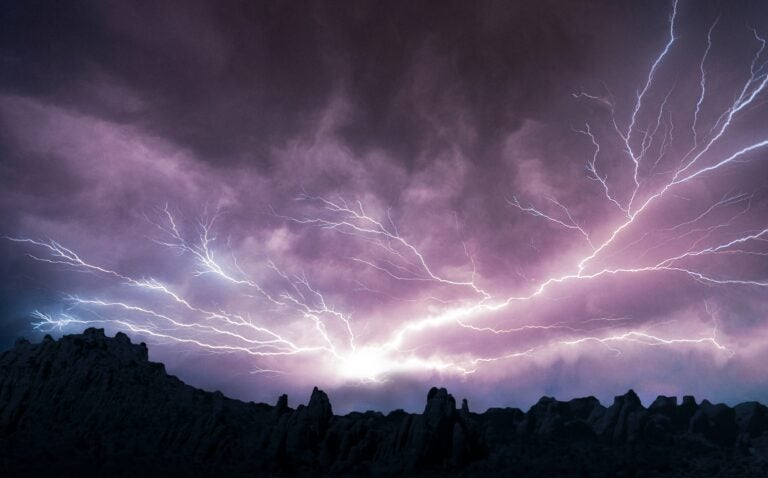The 360° coverage from STEREO is enhanced by NASA’s Solar Dynamics Observatory mission (SDO), which images the Sun in high resolution. As the STEREO probes continue flying to the far side of the Sun, the area of unseen solar territory on the near side will increase, and SDO’s cameras will play a vital role in filling the gap. Working together, these new views of the Sun will allow scientists to better predict space weather and the violent eruptions from the Sun’s surface. These can damage satellites, disrupt communications, and disable power systems on Earth.
The United Kingdom, including STFC scientists and engineers, has provided essential expertise and technology to both SDO and STEREO. The instruments for both missions use cameras designed and built at the Science and Technology Facilities Council’s (STFC) Rutherford Appleton Laboratory (RAL) in the United Kingdom.
“Our universe is truly fascinating, yet so much of it is still a mystery,” said David Willetts, minister for universities and science in the United Kingdom. “This breakthrough has the potential to teach us so much more about what lies beyond our planet, and I’m extremely proud that United Kingdom scientists have played a pivotal role in the research and development of this important imaging technology.”
“The Sun is a truly complex object which influences many aspects of our lives,” said Richard Harrison, principal investigator for the United Kingdom instruments on STEREO. “In the same way that you would not expect to understand the workings of the brain by studying just a small part of it, a global investigation into the nature of our star as a complete object is essential to understanding how it works.”
“The STEREO mission has already shown us some wonderful sights, solar eruptions arriving at Earth to comets struggling against the solar wind,” said Chris Davis, STFC STEREO project scientist. “I’m very excited about this new stage of the mission and am looking forward to many years of unique observations.”
“Solar missions such as STEREO and SDO not only give us more information about star formation and evolution throughout our universe but are of vital importance in our quest to further understand the Sun’s processes and the effect they can have on our planet and way of life,” said David Parker from the United Kingdom Space Agency. “This spectacular 360° view is another triumph for the STEREO mission which continues to obtain some of the best images yet of the Sun. We’re extremely proud of our skilled United Kingdom team who are playing an important role in this mission and helping to further unravel the secrets of our star.”
Scientists have already established that the magnetic fields in the Sun’s atmosphere drive solar activity on a global scale. This view of the entire Sun will enable more detailed studies of these processes at work. The 360° observations will continue for the lifetime of the missions.
The 360° coverage from STEREO is enhanced by NASA’s Solar Dynamics Observatory mission (SDO), which images the Sun in high resolution. As the STEREO probes continue flying to the far side of the Sun, the area of unseen solar territory on the near side will increase, and SDO’s cameras will play a vital role in filling the gap. Working together, these new views of the Sun will allow scientists to better predict space weather and the violent eruptions from the Sun’s surface. These can damage satellites, disrupt communications, and disable power systems on Earth.
The United Kingdom, including STFC scientists and engineers, has provided essential expertise and technology to both SDO and STEREO. The instruments for both missions use cameras designed and built at the Science and Technology Facilities Council’s (STFC) Rutherford Appleton Laboratory (RAL) in the United Kingdom.
“Our universe is truly fascinating, yet so much of it is still a mystery,” said David Willetts, minister for universities and science in the United Kingdom. “This breakthrough has the potential to teach us so much more about what lies beyond our planet, and I’m extremely proud that United Kingdom scientists have played a pivotal role in the research and development of this important imaging technology.”
“The Sun is a truly complex object which influences many aspects of our lives,” said Richard Harrison, principal investigator for the United Kingdom instruments on STEREO. “In the same way that you would not expect to understand the workings of the brain by studying just a small part of it, a global investigation into the nature of our star as a complete object is essential to understanding how it works.”
“The STEREO mission has already shown us some wonderful sights, solar eruptions arriving at Earth to comets struggling against the solar wind,” said Chris Davis, STFC STEREO project scientist. “I’m very excited about this new stage of the mission and am looking forward to many years of unique observations.”
“Solar missions such as STEREO and SDO not only give us more information about star formation and evolution throughout our universe but are of vital importance in our quest to further understand the Sun’s processes and the effect they can have on our planet and way of life,” said David Parker from the United Kingdom Space Agency. “This spectacular 360° view is another triumph for the STEREO mission which continues to obtain some of the best images yet of the Sun. We’re extremely proud of our skilled United Kingdom team who are playing an important role in this mission and helping to further unravel the secrets of our star.”
Scientists have already established that the magnetic fields in the Sun’s atmosphere drive solar activity on a global scale. This view of the entire Sun will enable more detailed studies of these processes at work. The 360° observations will continue for the lifetime of the missions.










